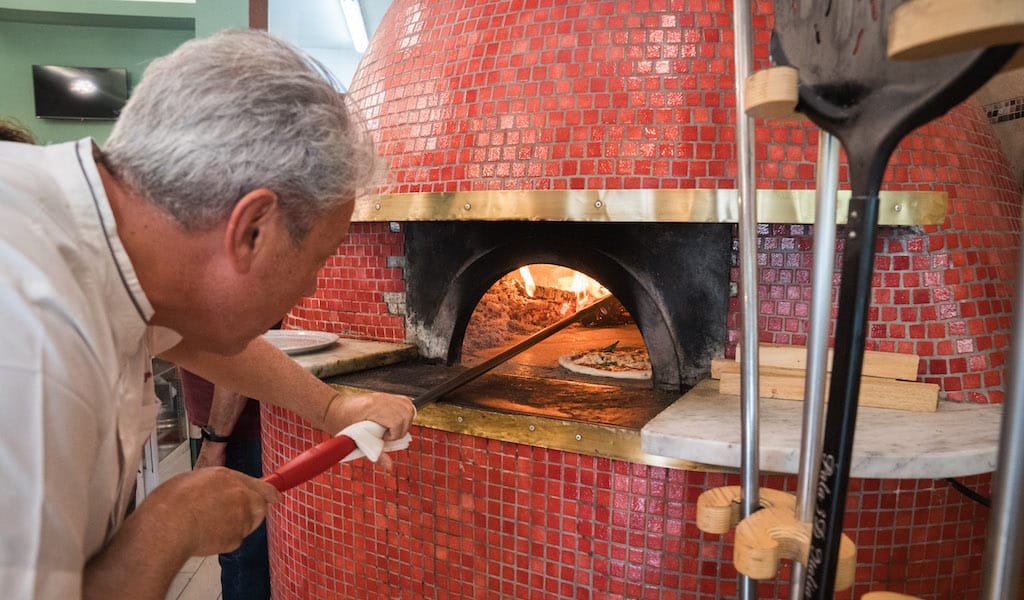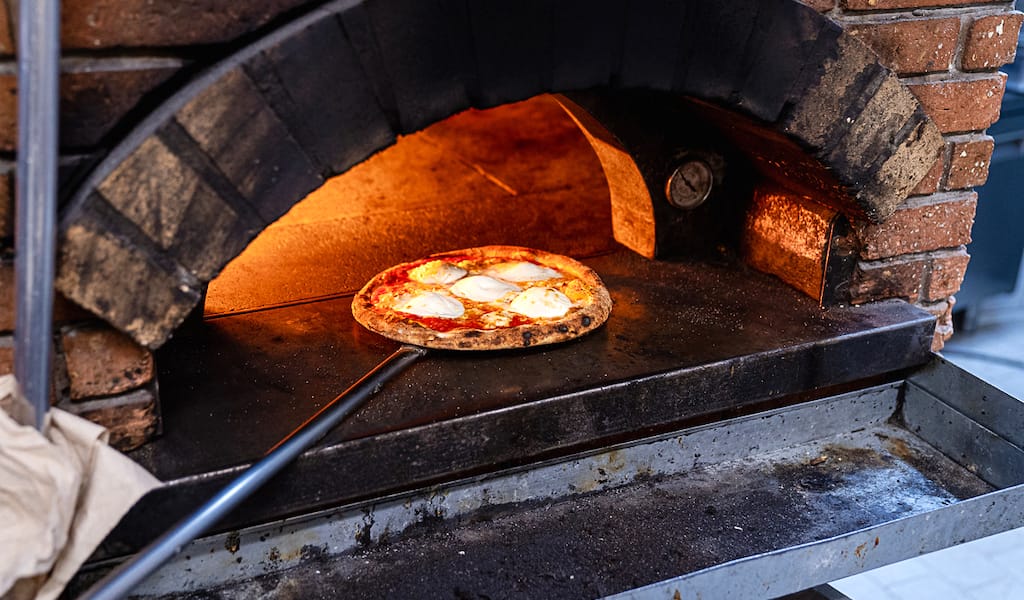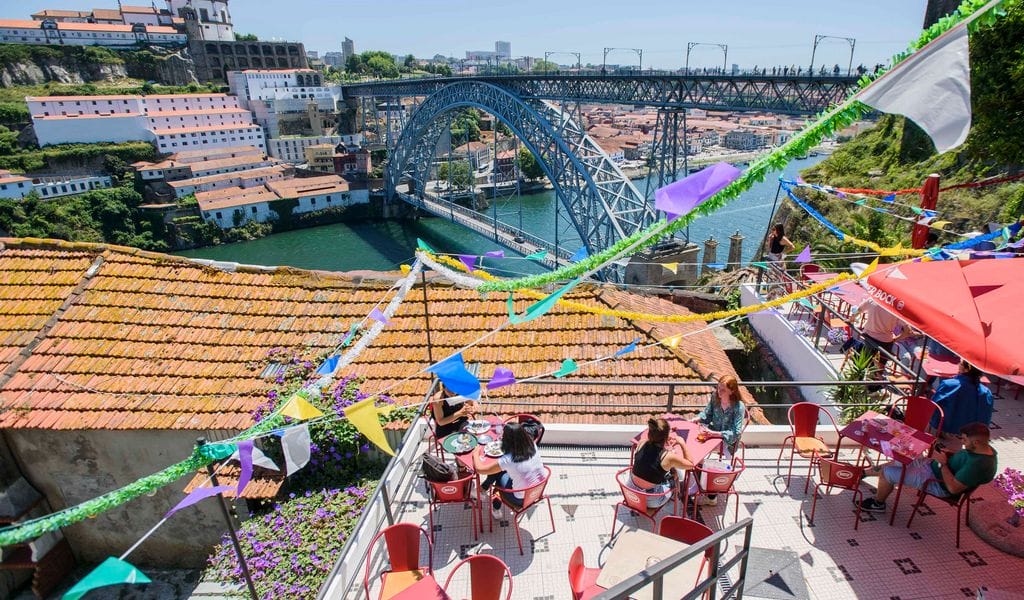The hordes of pizza lovers who descend on Naples usually head for Via dei Tribunali in the city’s historical center, famed for its parade of pizzerias. If they arrive by train, they will exit the central station, go straight through Piazza Garibaldi and head right for the Centro Storico, where the guidebooks they carry always (erroneously) say they will find the best pizzerias.
Locals in the know, meanwhile, head ten minutes in the opposite direction, towards an area that has less foot traffic and appeal for tourists, but that is home to Carmnella – truly one of Naples’s best pizzerias. Evidence of this can be seen in the pizzeria’s dining room; by noon, Carmnella is already full, unusual in a city like Naples, where locals are used to having lunch between 1 and 3 p.m.
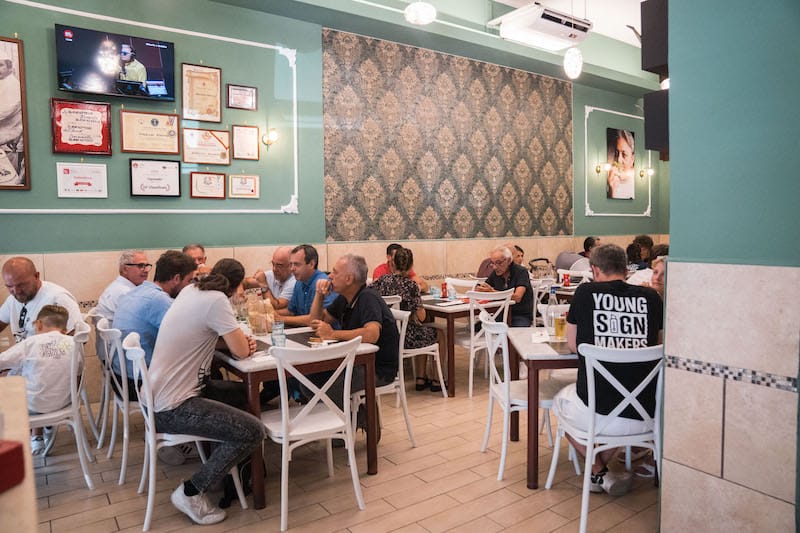
Those who stop by are in for a treat: at Carmnella, you can meet the owner every single day, whether at the pizzaiolo counter, behind the cash register, or at the door. Master pizzaiolo Vincenzo Esposito is ever-present at his pizzeria.

“Please don’t call me maestro,” he tells us, when we address him with that title, which is usually reserved for pizzaioli – pizza makers – of longtime experience, and which in Italian also means “teacher.” “I don’t teach anyone,” he says. “Teachers are in school, and I believe that pizzaioli that refer to themselves as [maestro] actually have nothing to teach.” This humility takes us by surprise, especially because later in our chat we learn that he has regularly given pizza masterclasses.
Vincenzo, 51, is one of those pizzaioli that started to ammaccare (stretch the dough) at a very young age – though not as young as some of the other members in his family, which has seen generations of pizza makers. “Since I was a child, I was fascinated by my father’s work,” Vincenzo tells us. His father indeed started working when he was only nine years old, brought along to a pizzeria by his older brother: in the post-war period, hunger was a serious issue in Naples and every single member of the family who could work was not just useful, but necessary.
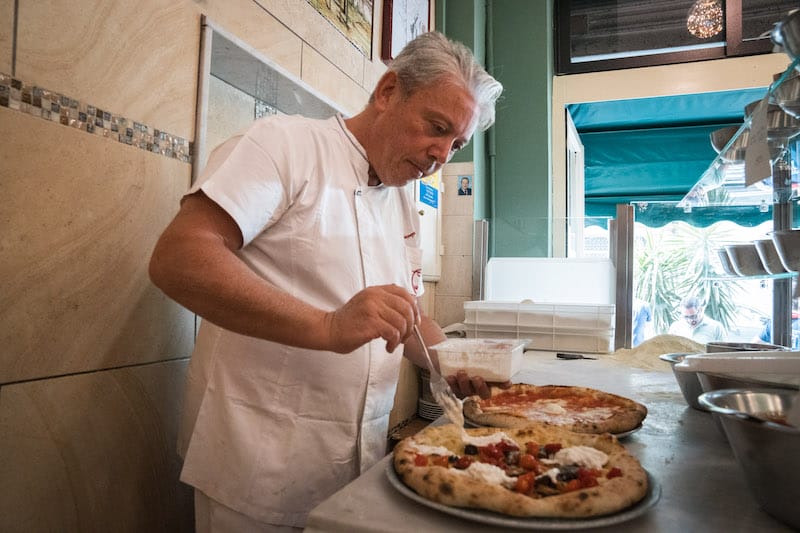
That’s why Vincenzo’s father didn’t allow his son to work in a pizzeria until he was 16. “My family wanted to protect me from a job that demands so much from your life,” Vincenzo recounts. “They had imagined a different future for me. Learning to work as a pizzaiolo was meant to be sort of a plan B – but I immediately realized how in love I was with the job. I had it in my blood; learning the craft came so naturally to me, and I was really happy when I realized I didn’t have to depend on others to understand the process.”
Nevertheless, Vincenzo’s father sent him to learn the job in other pizzerias. He didn’t want him to be sheltered by being a pizzaiolo’s son. He had to learn to respect the craft and the master pizzaioli. And so Vincenzo went from one pizzeria to another, working his way up, before returning to the family business.
Vincenzo and his father established Carmnella at its current location in 1996, in an area of the Mercato district also known as Case Nuove (“New Houses,” a reference to the apartment buildings here built for people at the end of the 19th century). The name Carmnella is a homage to Vincenzo’s great-grandmother, who used to both remarry and open new pizzerias with notable regularity: she did so three different times, each time changing districts and locations of her pizzerias.

Carmnella is an AVPN-approved pizzeria, or one of the places that follow the guidelines of the Associazione Verace Pizza Napoletana, the Naples-based association which protects and promotes authentic Neapolitan pizza around the world. This means that the dough is made following established rules on ingredients, preparation method and fermentation, and that each pizza has a standard average size of 33-35 centimeters, and the baked cornicione (crust) is 1-2 cm high.
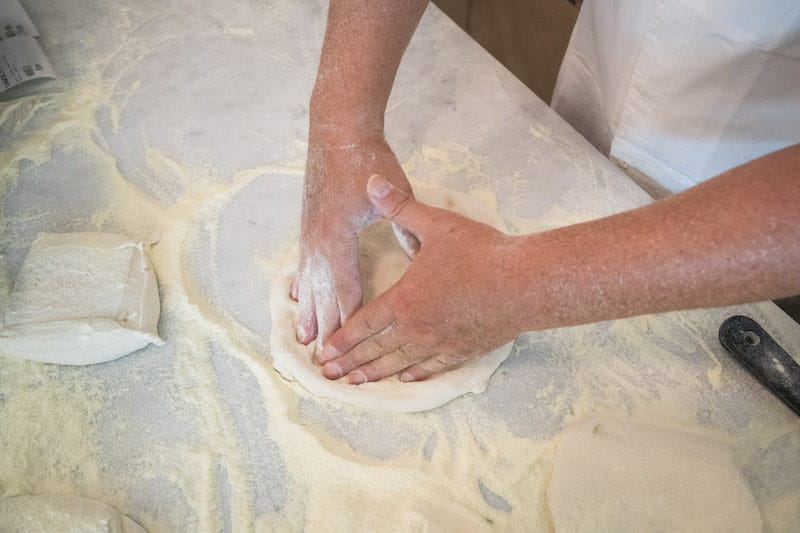
This doesn’t mean that Vincenzo has done the same kind of pizza again and again throughout the years; rather, he has used his pizzas to express his creativity and his love for the excellent quality of local Campanian products. This is particularly true for the tomato. Looking at the menu, one immediately notices a striking peculiarity: the list of margherita pizzas is unusually long. While in most traditional Neapolitan pizzerias the only change to the most famous pizza is usually swapping the fiordilatte cheese for a buffalo mozzarella, Vincenzo offers an incredible range of tomato choices as well: piennolo del Vesuvio, datterino, lampadina, fiascone. Campania boasts a host of different tomato varieties, and Vincenzo wants to make the most of them all. One of his bestsellers (and the pizza we loved the most) is the Bucce di Margherita, which employs a sauce made with pomodorino del piennolo (a tomato variety grown on the slope of Vesuvius, known for hanging in clusters) and is topped with fiordilatte and, after coming out of the oven, basil, extra-virgin olive oil, grated pecorino cheese and a small pearl of buffalo mozzarella. Such a simple take on the classic Margherita, and yet so delicious!
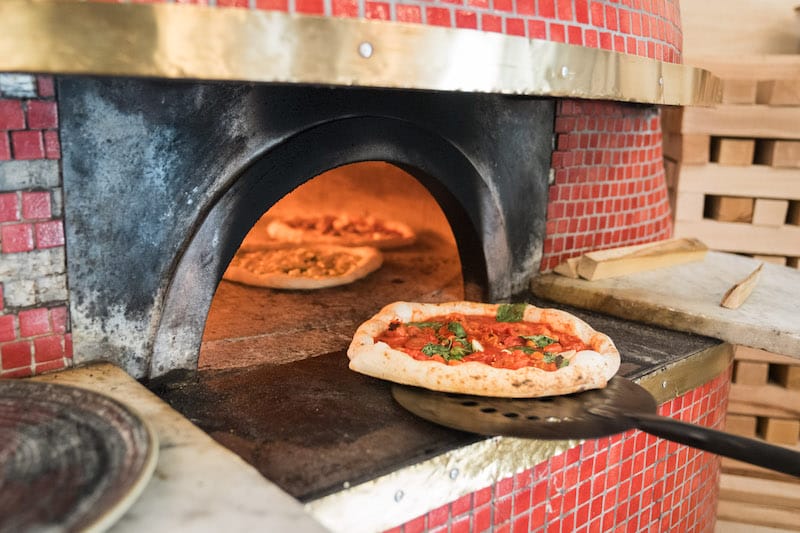
This isn’t to say that Vincenzo has ignored sauceless white pizzas. To him, they’re a canvas for showing off the best of the region’s seasonal ingredients. “Sometimes [customers] ask me for friarielli [the local broccoli rabe, a winter vegetable] during summer, but how can I comply with such a request?” he says. “I can only put fresh vegetables on my pizza – this is the right thing to do.”
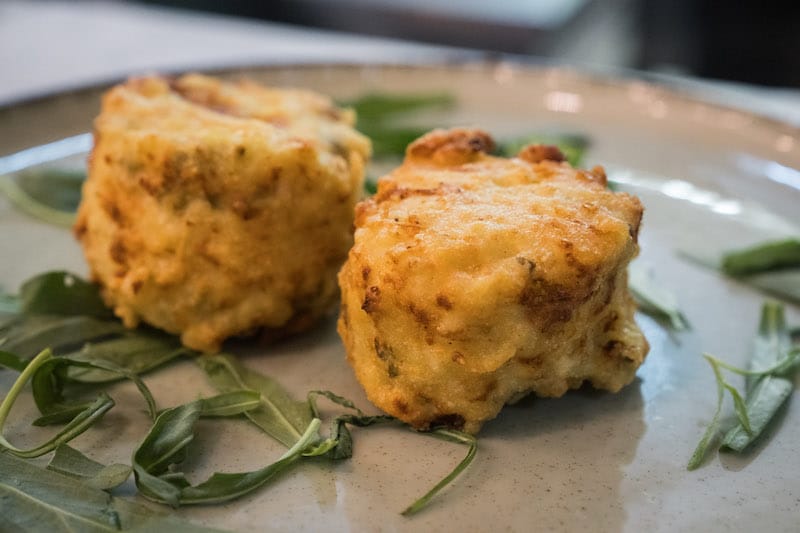
A special mention, meanwhile, should go to Carmnella’s fried appetizers. When Vincenzo opened his pizzeria in the nineties, fried food couldn’t be found in restaurants – you’d have to enjoy it in the city’s dedicated fried food takeout shops, called friggitorie. As fried food found its way onto restaurant menus through the years, Vincenzo adapted – but on his terms. Fried food like crocchè (breaded fried potatoes) and frittatine di pasta (battered and fried balls of bucatini pasta with a béchamel sauce, peas, and minced meat) are made in-house daily, instead of being bought premade from a friggitoria, kept frozen and then fried later. Vincenzo says the thought of serving his fried food that way is simply “shocking.”

Entering Carmnella, you might see Vincenzo behind the counter slapping pizza dough, but mostly he wanders the dining room supervising and making sure everything’s right, leaving the rest to his trusted team. When we asked him if he has any future plans for his restaurant, he told us: “More than once some American entrepreneur has asked me to open restaurants in their country. The issue is that they don’t want my brand – they want me to lead their kitchen there. To that, I always answer, ‘I’m flattered, but I already have a business to attend to.’ This is my land, my roots are here. It’s here where I have to be.”
Giuseppe A. D’AngeloGianni Cipriano and Sara Smarrazzo
Published on September 21, 2023
Related stories
February 14, 2024
Palermo | By Francesco Cipriano
Palermo“I'm a big pizza eater,” Francesco “Ciccio” Leone confesses. “But what I like most is being together with friends, conviviality.” The broad-shouldered Palermo native, 50, greets everyone who enters his establishment with a welcoming smile. It was during a dinner party held at his home that he came up with the idea for the name…
July 18, 2023
Porto | By Cláudia Brandão
PortoThose returning to Porto along the Luís I Bridge will notice a set of terraces to their right decorated with colored garlands, flags and string lights, as if someone forgot to take down their decorations after the June 23 São João festival, the city’s largest celebration. The garlands and flags stay up all year, though,…
June 20, 2023
Naples | By Culinary Backstreets
NaplesEditor’s note: Anya von Bremzen is the winner of three James Beard awards, a contributing writer at AFAR magazine and the author of six cookbooks. Her forthcoming book National Dish: Around the World in Search of Food, History, and the Meaning of Home, she explores the connections between place and identity in six food capitals…







































